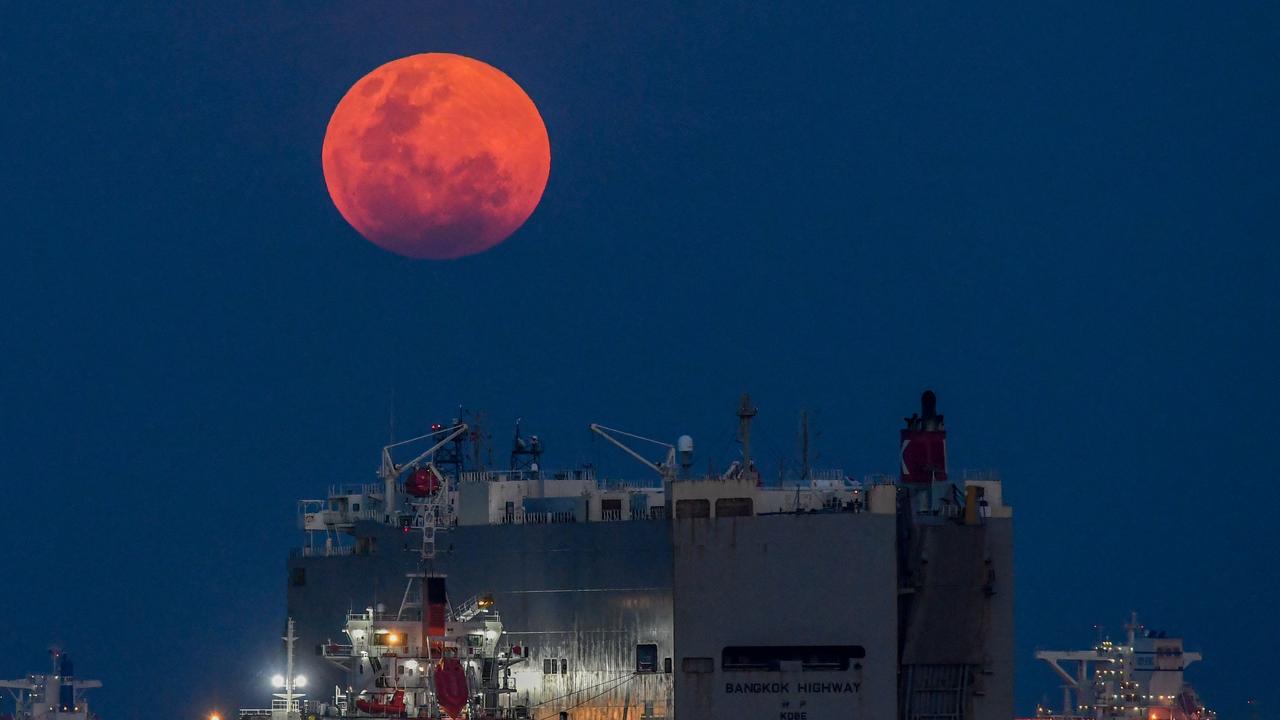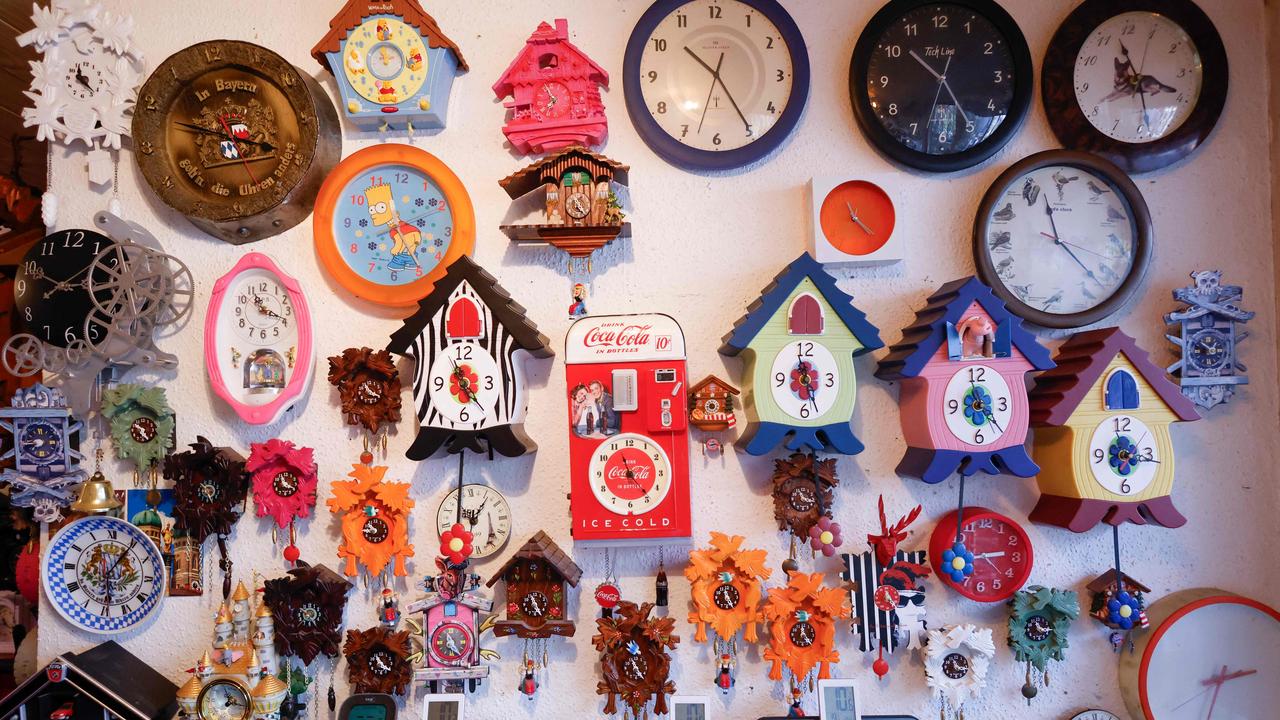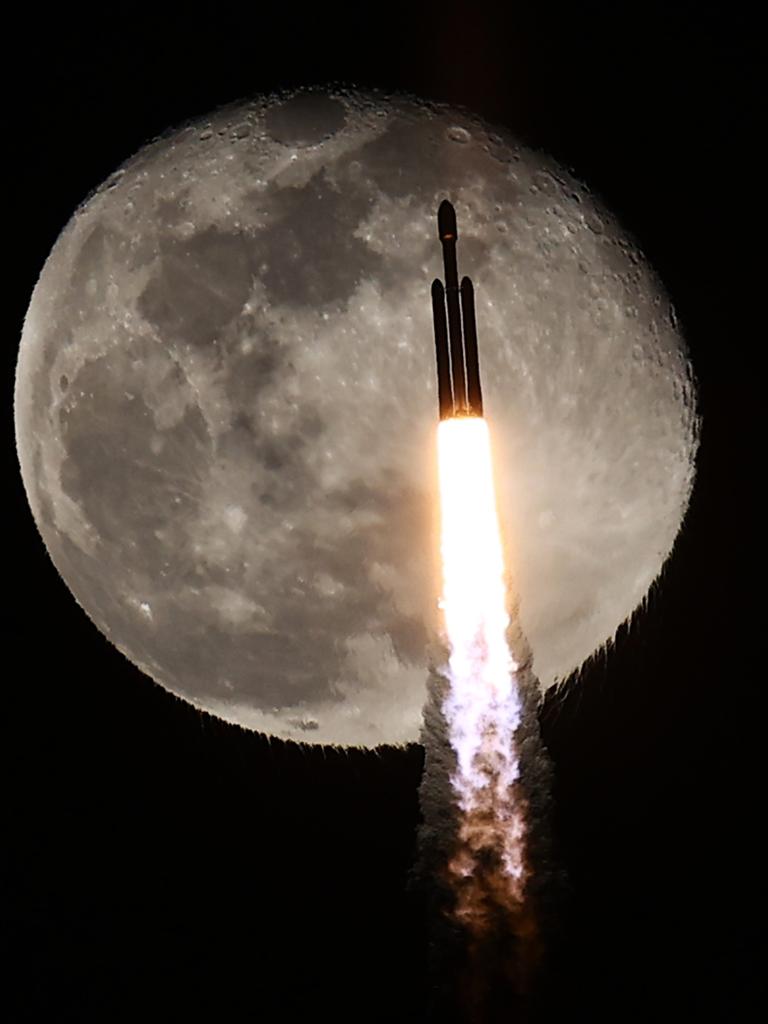When is noon when you're on the moon? NASA on the clock to set time standard in space
Tick tock: NASA to create a time standard for the moon to help spacecraft from around the world synchronise their clocks

READING LEVEL: ORANGE
NASA wants to establish a unified* standard of time for the moon and other celestial bodies*, as the United States aims to set international norms* in space amid a growing lunar race* among nations and private companies.
The head of the White House Office of Science and Technology Policy (OSTP)*, instructed the space agency to work with other parts of the US government to devise a plan by the end of 2026 for setting what it called a Coordinated Lunar Time (LTC).

The differing gravitational force*, and potentially other factors, on the moon and on other celestial bodies change how time unfolds relative to how it is perceived on Earth. Among other things, the LTC would provide a timekeeping benchmark* for lunar spacecraft and satellites that require extreme precision* for their missions.
“The same clock that we have on Earth would move at a different rate on the moon,” said Kevin Coggins, NASA’s space communications and navigation chief.
For a person on the moon, an Earth-based clock would appear to lose on average 58.7 microseconds* per Earth-day and come with other periodic variations that would further drift moon time from Earth time.
“Think of the atomic clocks* at the US Naval Observatory (in Washington). They’re the heartbeat of the nation, synchronising* everything. You’re going to want a heartbeat on the moon,” Mr Coggins said.

NASA is aiming to send astronaut missions to the moon in the coming years and establish a scientific lunar base that could help set the stage for future missions to Mars.
An OSTP official said that without a unified lunar time standard, it would be challenging to ensure that data transfers between spacecraft are secure and that communications between Earth, lunar satellites, bases and astronauts are synchronised.
Discrepancies* in time also could lead to errors in mapping* and locating positions on or orbiting the moon, the official said.
“Imagine if the world wasn’t syncing their clocks to the same time – how disruptive that might be and how challenging everyday things become,” the official said.

On Earth, most clocks and time zones are based on Coordinated Universal Time*, or UTC. This internationally recognised standard relies on a vast global network of atomic clocks placed in different locations around the world. They measure changes in the state of atoms and generate an average that ultimately makes up a precise time.
Deployment of atomic clocks on the lunar surface may be needed, according to the OSTP official.
The official also said that as commercial activities* expand to the moon, a unified time standard would be essential for coordinating operations.
NASA in January said it has scheduled for September 2026 its first astronaut lunar landing since the end of the Apollo program* in the 1970s, with a mission flying four astronauts around the moon and back scheduled for September 2025.

While the United States is the only country to have put astronauts on the moon, others have lunar ambitions*. Countries have their eyes on potential mineral resources on the moon, and lunar bases could help support future crewed missions to Mars and elsewhere.
China said last year it aims to put its first astronauts on the moon by 2030. Japan in January became the fifth country to put a spacecraft on the moon. India last year became the first country to land a spacecraft near the unexplored* lunar south pole*, and it has announced plans to send an astronaut to the moon by 2040.
GLOSSARY
- unified: brought together or combined into a single entity
- celestial bodies: objects in space such as planets, moons, and stars
- norms: standards or guidelines accepted by a community or society
- lunar race: competition from different countries to land on the moon
- White House Office of Science and Technology Policy (OSTP): a government agency that advises the President on scientific and technological matters
- gravitational force: the force of attraction between objects with mass
- benchmark: a standard or point of reference for measurement or comparison
- precision: accuracy or exactness
- microseconds: one millionth of a second
- atomic clocks: clocks that measure time based on the vibrations of atoms
- synchronising: co-ordinating or aligning in time
- discrepancies: differences or inconsistencies
- mapping: creating maps or charts of an area
- Coordinated Universal Time (UTC): the primary time standard by which the world regulates clocks and time
- atomic clocks: clocks that measure time based on the vibrations of atoms
- commercial activities: business ventures or operations conducted for profit
- Apollo program: a series of space missions conducted by NASA in the 1960s and 1970s, including the first manned missions to the moon
- ambitions: goals or aspirations
- unexplored: not yet investigated or examined
- lunar south pole: the southernmost point on the moon’s surface
EXTRA READING
Odysseus moon mission cut short
Force awakens beneath Saturn’s ‘Death Star’
Rally to protect moon from our rubbish
QUICK QUIZ
- Why does NASA want to establish a unified standard of time for the moon and other celestial bodies?
- What challenges arise from the differing gravitational force on the moon compared to Earth?
- How much time would an Earth-based clock appear to lose per Earth-day on the moon?
- Why is a unified lunar time standard essential for co-ordinating operations as commercial activities expand to the moon?
- What significant missions related to the moon does NASA have planned for the coming years?
LISTEN TO THIS STORY
CLASSROOM ACTIVITIES
1. What would happen?
What would happen if we in Australia suddenly decided to create our own time standard? Write your ideas – could there be benefits as well as disadvantages?
Time: allow at least 20 minutes to complete this activity
Curriculum Links: English, Science, Critical and Creative Thinking
2. Extension
Create a diagram. The purpose of your diagram is to help a younger student understand how a unified time standard might be created for the moon. Use information from the story and possibly your research skills to help you.
Time: allow at least 25 minutes to complete this activity
Curriculum Links: English, Science
VCOP ACTIVITY
Creative vocabulary
Find a bland sentence from the article to up-level. Can you add more detail and description? Can you replace any ‘said’ words with more specific synonyms?
Have you outdone yourself and used some really great vocabulary throughout your writing? Firstly, well done. Secondly, let’s ensure everyone can understand it by adding a glossary of terms. Pick three of your wow words and create a glossary for each word to explain what it means.

